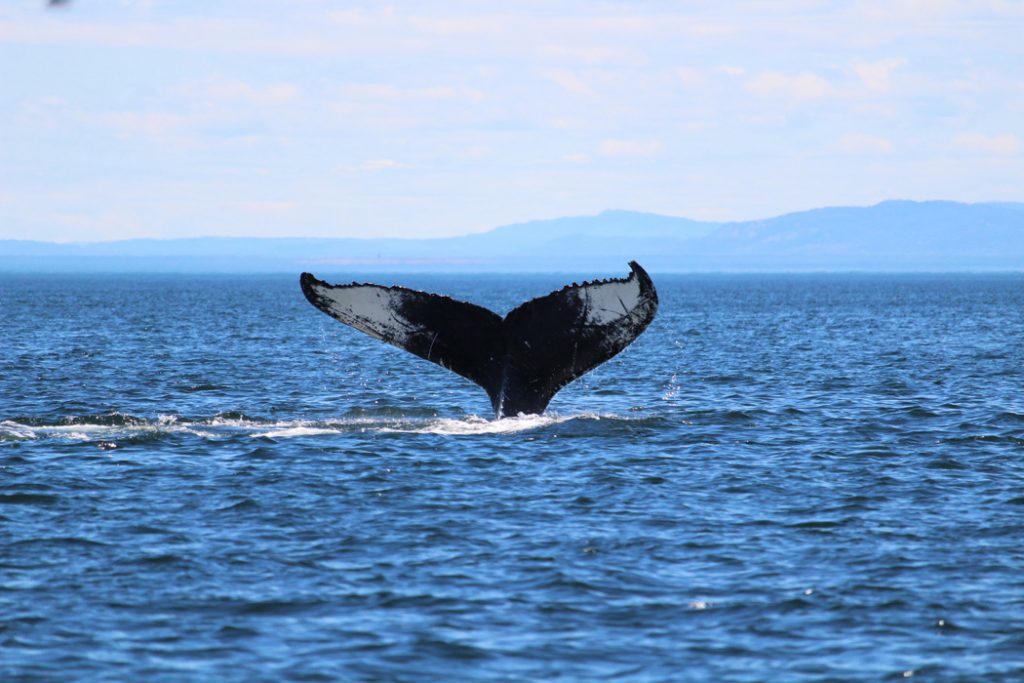
We humans have adopted bizarre behaviors. There is no other creature in the animal kingdom that can worry about the future of the entire species, grapple with philosophical notions of happiness, or follow up on their favorite celebrities getting nose jobs. While we have evolved brains that are capable of processing these complex abstractions, it comes at a cost.
Nature has not had adequate time to evolve and accommodate our species’ demanding desires, and perhaps our desires have outpaced the bounds of reality altogether. The result is unsustainable economies, rapid environmental degradation, and widespread social unrest. For these reasons, it is time we look outside of ourselves and turn instead to nature and her billions of years of experience. Let’s dive into the vast universe of biomimetics.
Biomimicry is the process of emulating nature to develop technology, organizations, and other systems. Velcro, for example, is a product of biomimetics because it was developed by observing the sticky property of burs. The behavior of ant colonies is observed to program path-finding algorithms and even plan organizational structures for businesses. Wind turbine blades are modeled after humpback whale fins to minimize drag. These examples are just a few of the ways that we are learning from nature’s efficient and time-tested designs to find elegant solutions.
What are the sustainable applications of biomimicry, and how can we use them to restructure our economy? To answer these questions, let’s first examine some of the practices and principles that nature uses to regulate itself.
Key Characteristics of Natural Systems
There are many recurring themes in the natural world that aid the resiliency of countless organisms. The following is a list of key principles largely borrowed from Katherine Collins’s insightful book, The Nature of Investing.
Multifunctional design: one system that serves several functions. Multifunctional designs help solve problems efficiently and with little complexity or cost. One example is an elephant’s large ears, which can both release heat because of their wide surface area and be used as fans to cool the elephant down.
Energy efficiency: the practice of conserving energy efficiently. Many plants and animals have evolved mechanisms to store energy and use it efficiently when needed. Hibernation is a great example of this: animals stock up on energy-rich foods when they are available and conserve energy for long periods when resources are scarce.
Recyclability: every organism in nature breaks down into basic materials to be reused. Nothing ever goes to waste.
Optimization: the process by which an organism is perfectly adapted to its environment. This also plays a key role in regulation. Typically, if one species grows its population to unsustainable levels, competition and food scarcity will naturally decrease the population to rebalance the scales. Similarly, if an animal is not well-optimized for its environment, it will not be able to thrive.
Other principles include diversity, decentralization, redundancy, cyclicity, and forms that fit functions.
These are some of the key characteristics that make natural systems so resilient, and that we ought to learn from if we are to make our societies endure for generations to come. So how does our economy compare to a natural system?
Incentives, Values, and Sustainable Economics
Modern-day economic theory emphasizes the role of growth and capital accumulation as unequivocal virtues. This makes sense, because for most of human history we have lived relatively impoverished lives. Under these circumstances, it is logical to assume that more resources and consumption will lead to a greater quality of life. But the average standard of living has increased so dramatically that now, for the first time ever, overconsumption has become a problem. No matter how much wealth we have, we are perpetually striving to accumulate more. This is one of the major fallacies brought about by modern-day economic philosophy. So what can be done?
First, we should examine where the satisfaction in our lives comes from and critically challenge the notion that the limitless pursuit of material pleasures will bring us happiness. Just like nature, we must prioritize optimization, not maximization.
Second, we must realize that our economy is an inextricable part of the environment and work with biomimetic principles to adapt in the same fashion as an ecosystem. By realigning economic incentives with sustainable practices, we can make sure our economy symbiotically coexists with our environment. Only in this way can we foster thriving communities, happy individuals, and a healthy natural environment in the long run.
If you would like to partner with TerraCycle Fairfield, email TerraCycleTown@gmail.com.
